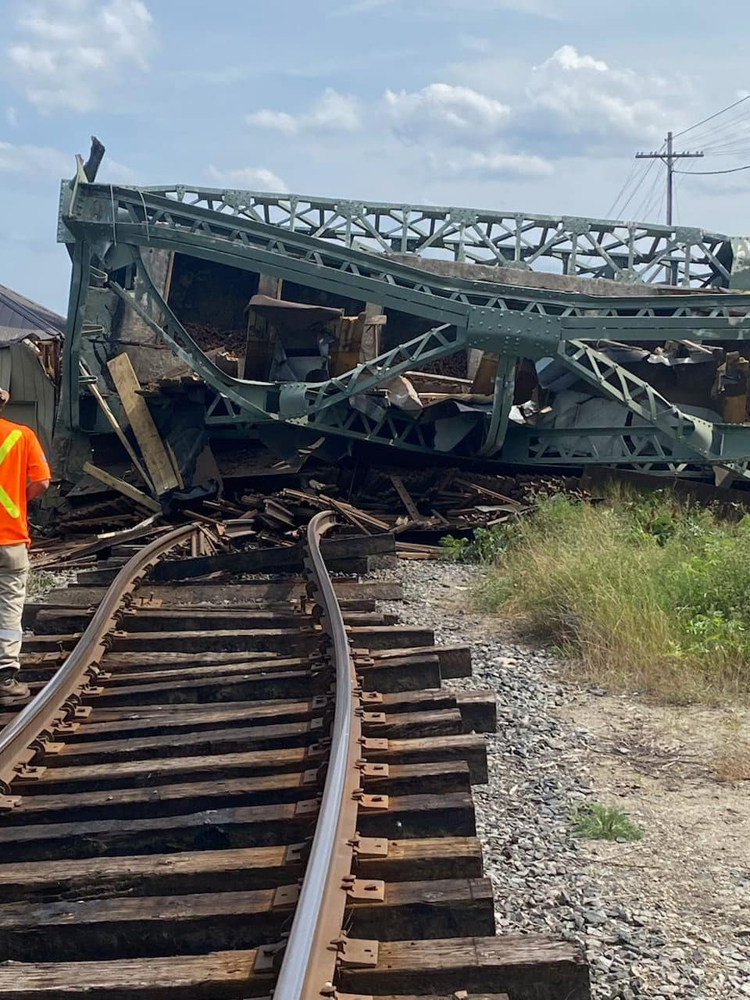lenaitch
Senior Member
The issue, the way I understanding it, is not barging freight across Great Slave Lake to Yellowknife, but down the MacKenzie River to serve the western Arctic. The way I understand it, the harbour at Hay River is not abandoned but service down the river has been suspended due to low water levels. Freight, including bulk liquids, is now being re-routed via the Dempster Highway. Edmonton to Hay River is approx. 1000km; Edmonton the Tuktoyaktuk is 3400.That was my knee jerk reaction also, but then I got on Google Maps and started looking at the highway network up that way. Hay River is not a "remote" community - the whole area is serviced by the MacKenzie Highway, a 2-lane hard surfaced road. The highway continues another 400 kms on to Yellowknife, with many branches and serving many communities along the way. It's 1009 kms Enterprise to Edmonton, so not an easy drive and likely very expensive to truck things in.... but not comparable to say Churchill where absent the railway, things would have to be flown in.
One could take a technocratic approach and try to rationalise the overall transportation expense of the entire transportation network north of, say, High Level AB ( which is where the highway meets the provincial road network) and ask if we are paying too much for roads and too little for rail....but.... I suspect the road is a must-have for the First Nations and other communities up that way. So the question becomes, is the rail link really worthwhile to maintain as an incremental resource given that the highway will always remain available (and its ongoing cost cannot be avoided or minimised by encouraging rail use instead).
And that begs the question, what are the economics of a transload at Enterprise versus maintaining the rail to Hay River.
Even without CN's allegedly greedy paws in the mix, I can see the economics saying the Hay River portion is expendable. It doesn't feel good giving it up, but I suspect few shippers transload from train to barge to cross the Slave Lake any more. So the harbour connection at Hay River is already abandoned.
- Paul
I would imagine freight, especially bulk commodities being shipped by rail to Enterprise, then transloaded to truck, then transloaded to barge would add significant cost.
Also, if CN uses reduced traffic in future years, because freight is now diverted, to abandoned the entire subdivision, perhaps the local can see the writing on the wall. It wouldn't be the first time a Class 1 has let a line deteriorate then used unprofitability as grounds for abandonment.










